Mothers and daughters share a special bond. In many cases, this bond is established before birth. That first flutter felt from inside the womb, or in the case of some adoptive and foster moms, at the first look into the innocent and wondering eyes of the new addition to their family. This bond grows and sets the foundation for the infamous mother-daughter relationship. In fact, a study from the University of Georgia found that this relationship has the most influence on a young girl’s self-esteem. This is a serious load for mothers to carry. Sometimes there are factors that cause “speed bumps” along this journey. Factors like hair texture…seriously. The reason for this could be due to lack of guidance about how to care for curly hair. Women (and some men) have been straightening their hair since the early 1900's. (Here is where we pause and give a special shout out to Madame C.J. Walker for the invention of the straightening comb). In actuality, many of our grandmothers, great-grandmothers, aunts, and great aunts all managed their hair by straightening it. There's no one to look to for advice because no one cultivated and cared for their curls. So we have a new generation of moms who have no one to look to for help. Think about your own circle of family and friends. Do you have anyone in your circle that you could ask how to best style and care for your curls or your daughter’s curls who is at least 15 -20 years older than you and has actually been caring for their curls for that many years? This very well could be where the struggle ultimately began.

Tina S., the mother of two daughters ages 13 and 8, shares her relationship with her daughters is “tested” every wash day. Tina’s daughters have extremely thick hair that tightly coils and tangles when wet. Tina’s hair, on the other hand, is thin, fine and when wet produces clearly defined waves and curls. Tina states that wash day is dreaded by all parties due to the anxiety and stress it causes. She confesses, “There have been many times during the comb out process that daughters cry. My eight year old actually asked me with crocodile tears streaming down her face, “Don’t you love me?” Her 13-year-old recently begged for a weave because “it would be so much easier.”
Alicia W., a teacher from North Carolina, is the mother of a mixed-race daughter. Alicia who wears her “thick wooly” hair in locs, struggled with her daughter’s hair “fine, thick, shiny, and oh-so curly” hair. Alicia used some of her tried and true products on her daughter’s hair only to discover, they did not work. According to Alicia, the result was “a mess”.
Virginia R., a college student at the University of Boston retells her the story of her mother trying to tame the “wild curly mess” on top of her head. Virginia states her mom, who had soft wavy hair, was always trying to “fix” Virginia’s hair. This left the unintentional impression that curly hair was not desirable and needed “fixing”. Virginia states, “I began to view my hair as an inconvenience, a mess to be cleaned up, a chore.” In the end, the flat iron became her best friend and trusted companion.
Tina, Alicia and Virginia’s mother all meant well. As all mothers do, they only did what they thought was best for their daughters. Thankfully, those hair care mishaps did not permanently fracture the mother-daughter bond. In the end, each of these mothers researched, experimented, and researched some more to figure out what worked best for their daughter’s hair texture.
So what do you do when your daughter’s hair is different than yours? You are patient with yourself, and most importantly, with your daughter. You learn from your mistakes (and there will be mistakes). You research and research some more. You have open dialog with other mothers and daughters. Discuss what works and share the knowledge (especially about the PuffCuff Hair Clamp. Wink, wink!). You learn about their curls and share that knowledge with them. You instruct them on how to care properly care for their hair. You embrace their natural texture and you teach them to embrace it. This is the beginning of self-love, and ultimately, that is what all parents want for their children.
SOURCES:
Alicia W. (2013, June 29). Kinky meets curly: My daughter’s texture is way different than mine [Blog post]. Retrieved from http://babyandblog.com/2013/06/kinky-meets-curly-my-daughters-hair-texture-is-way-different-than-mine/
Roa, V. (2017, March 22). The problem with telling your curly haired daughter to “fix” her hair [Blog post]. Retrieved from http://bucultureshock.com/problem-telling-curly-haired-daughter-fix-hair/
Sykes, personal communication, April 30, 2017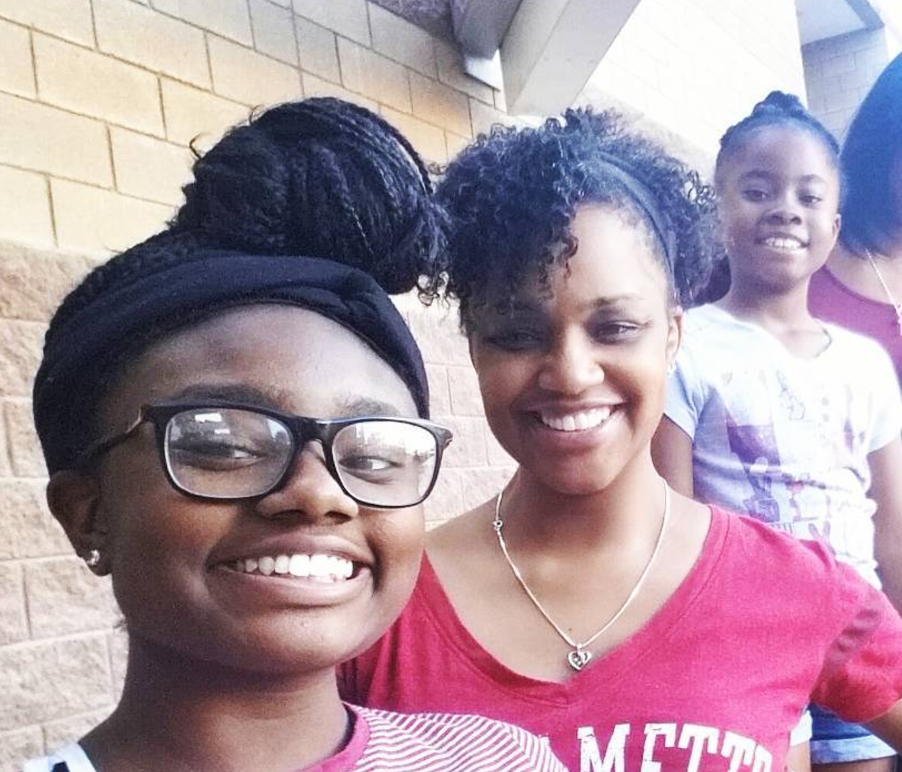




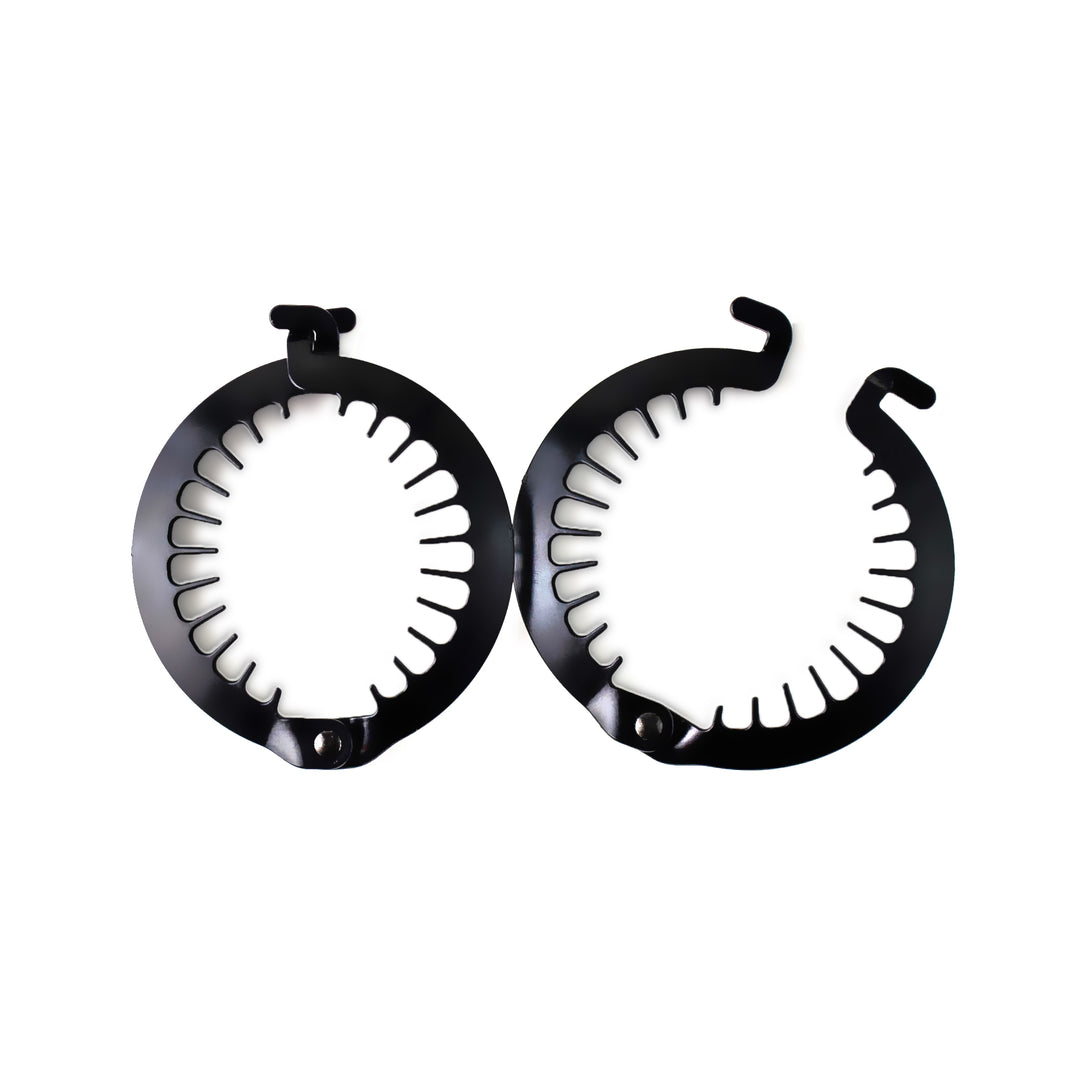
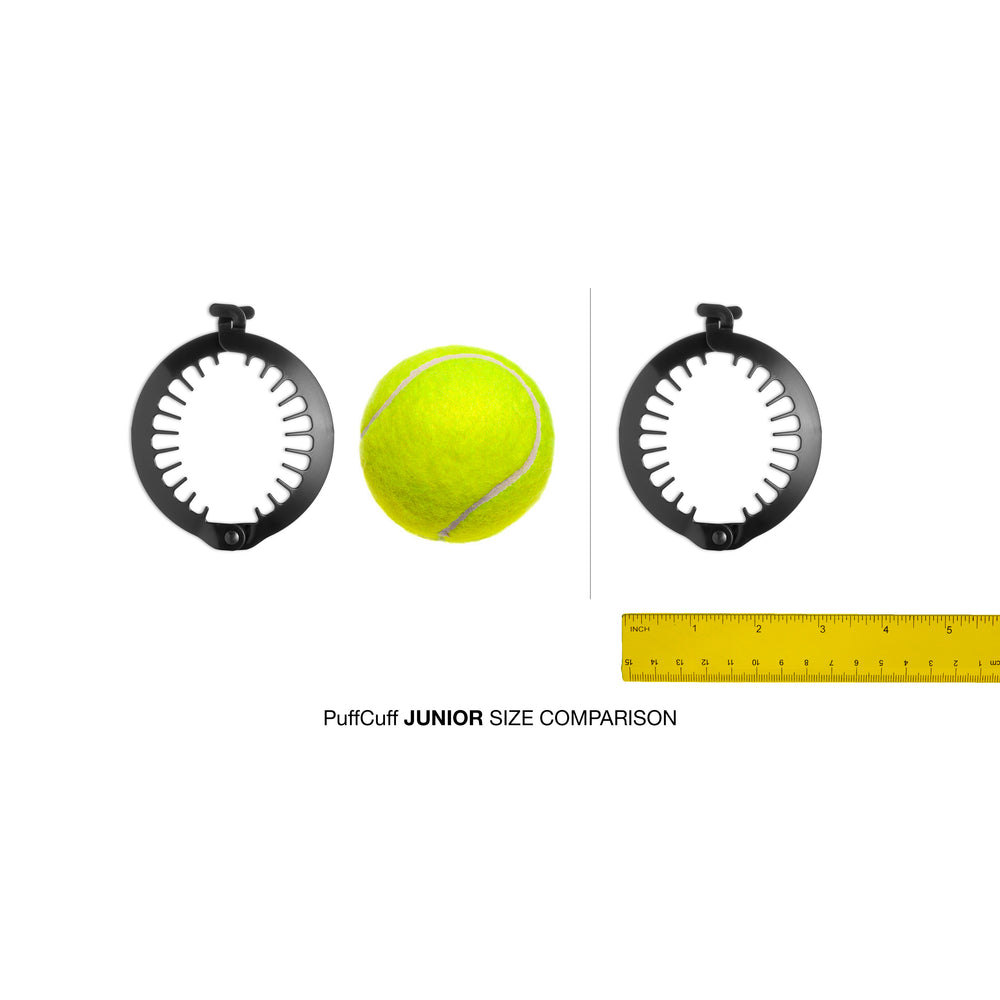

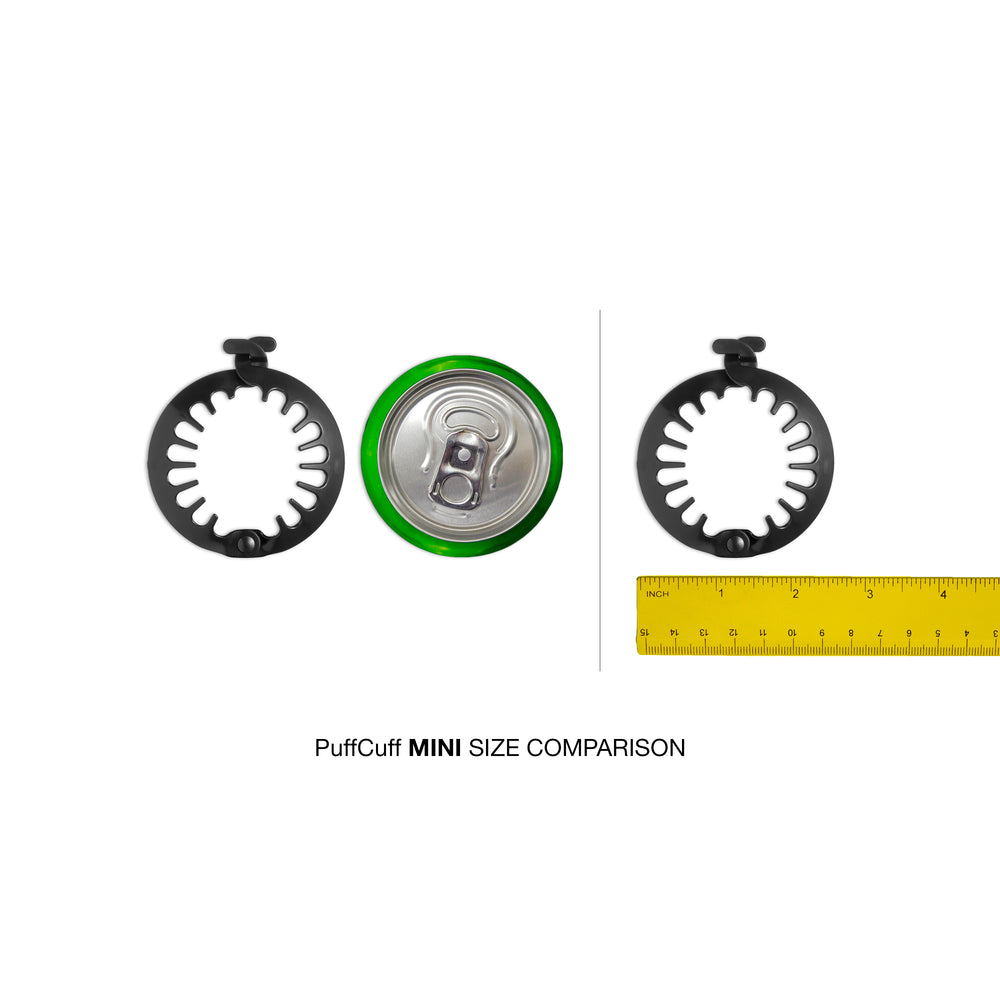
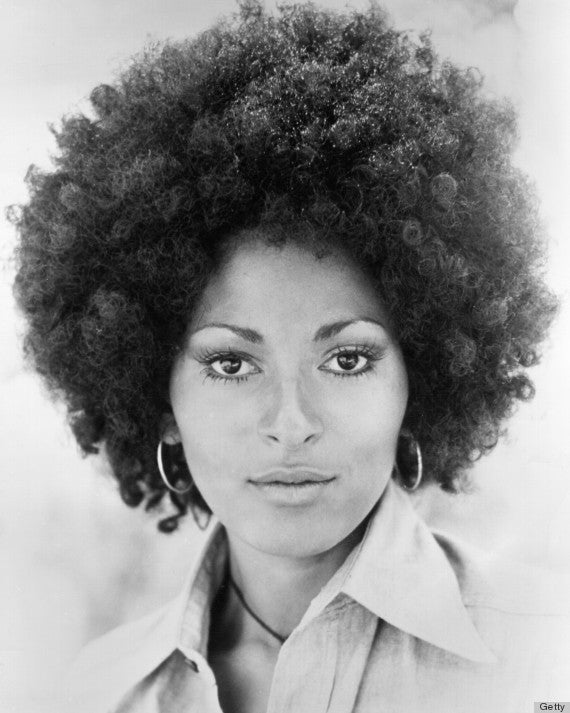

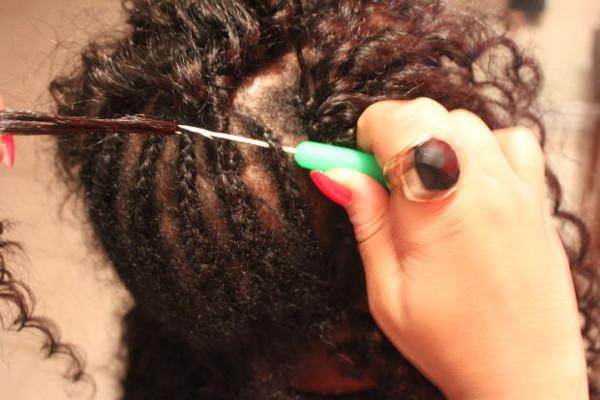
Leave a comment